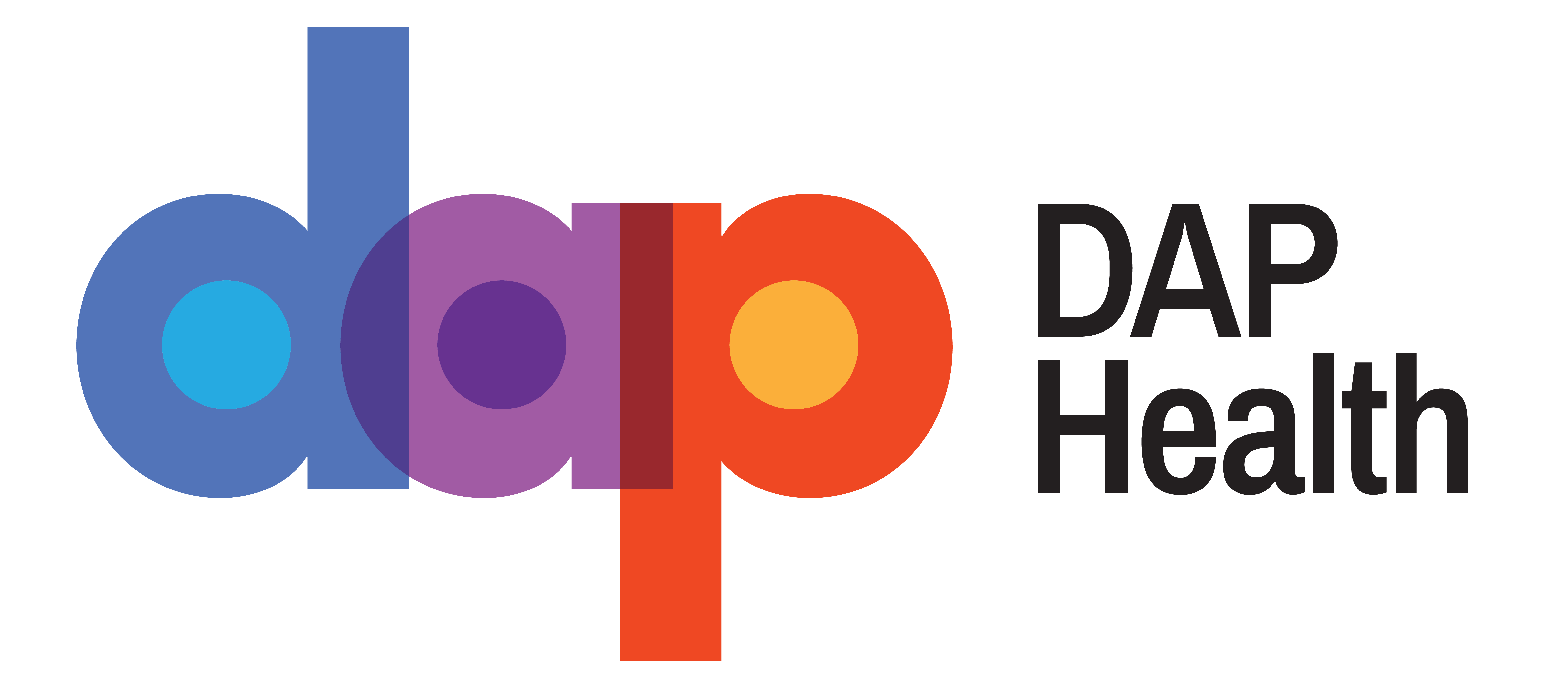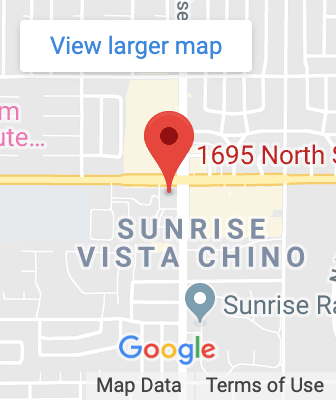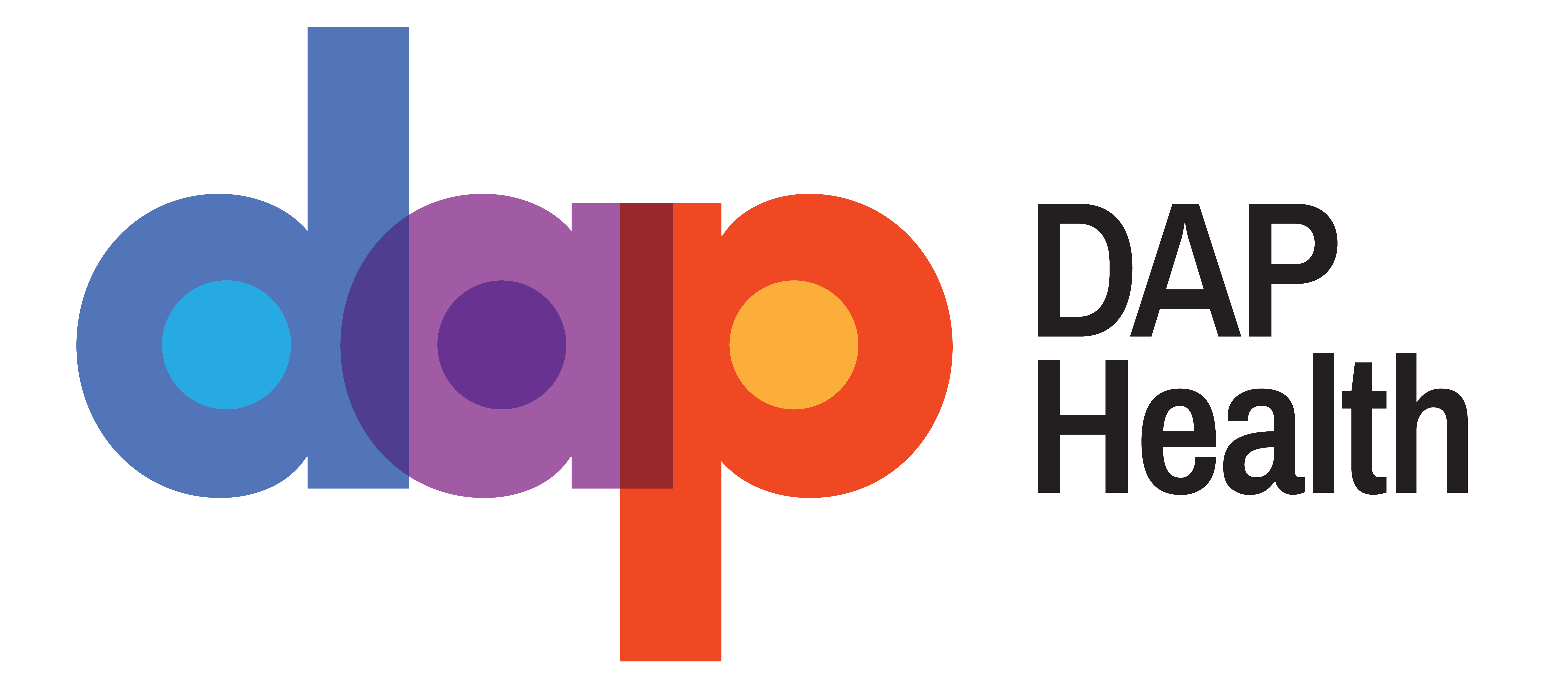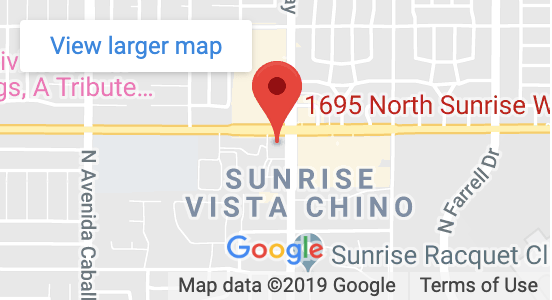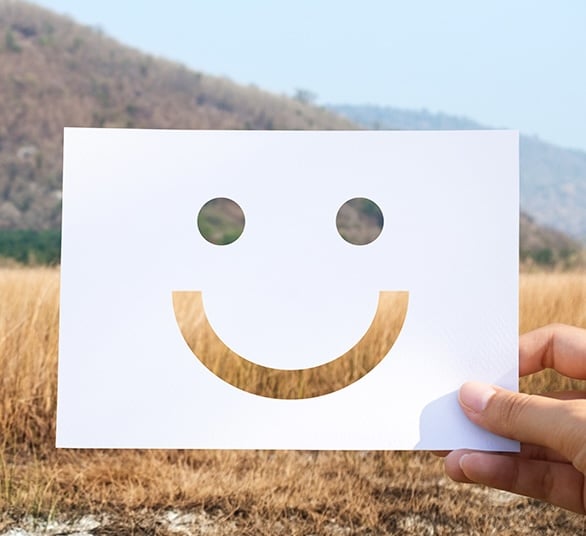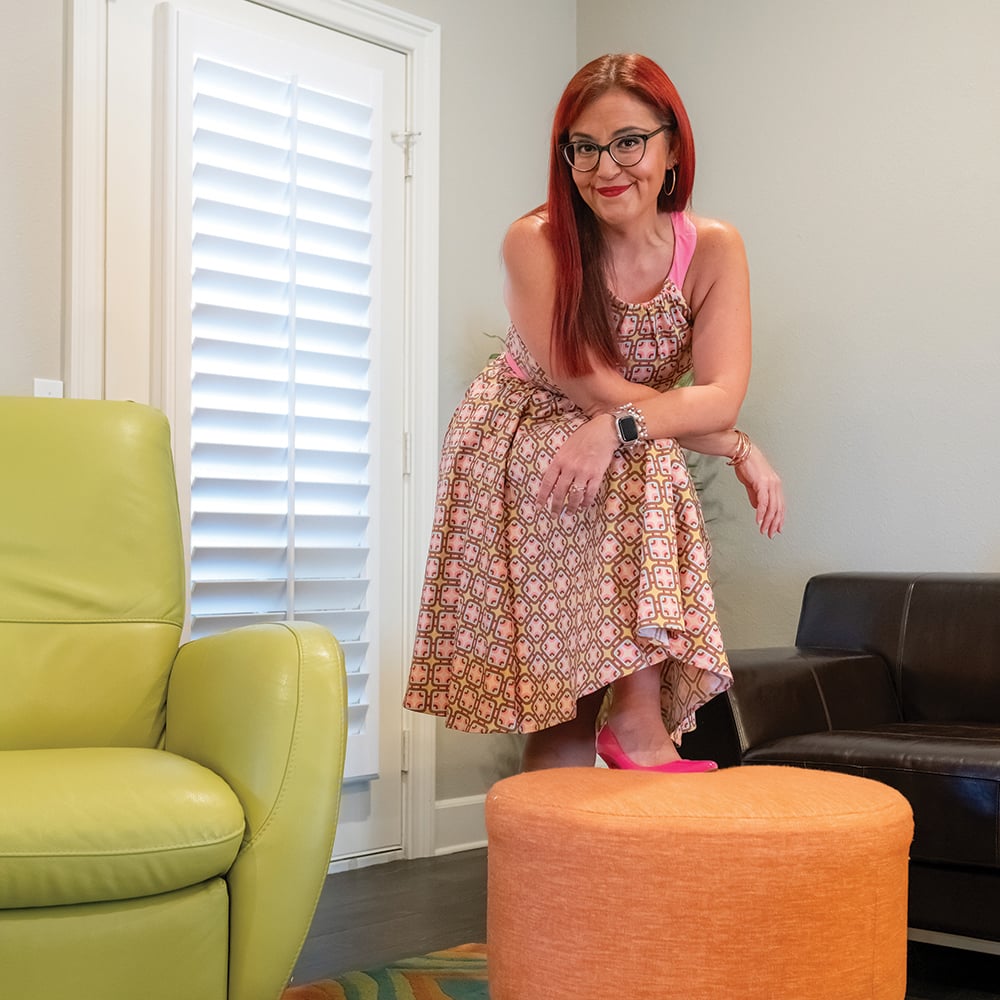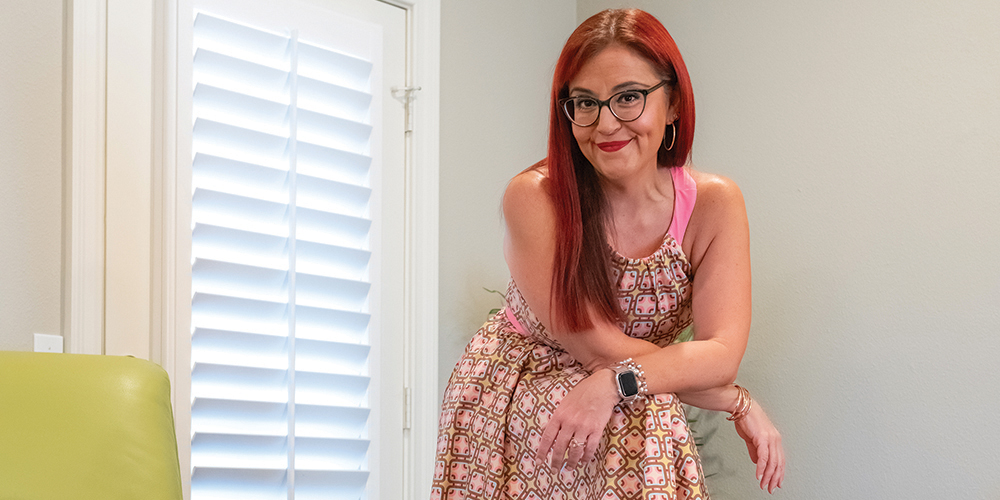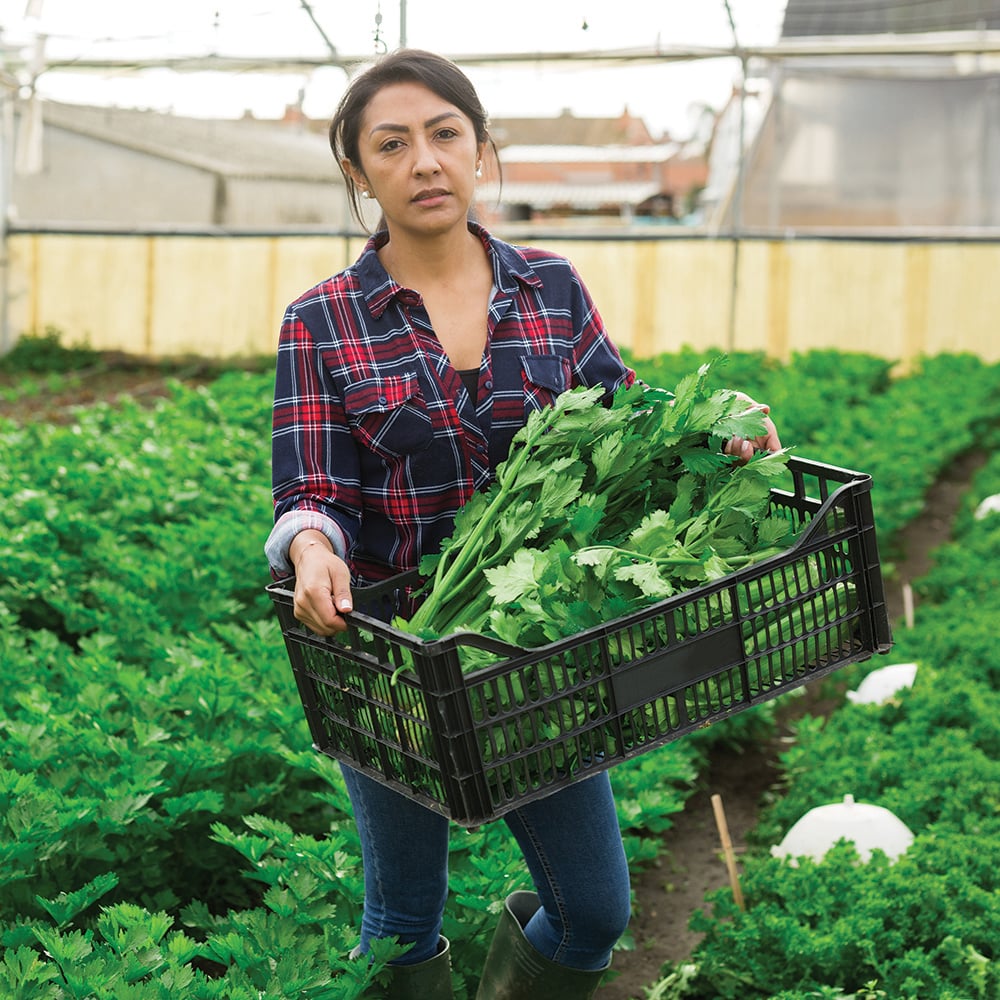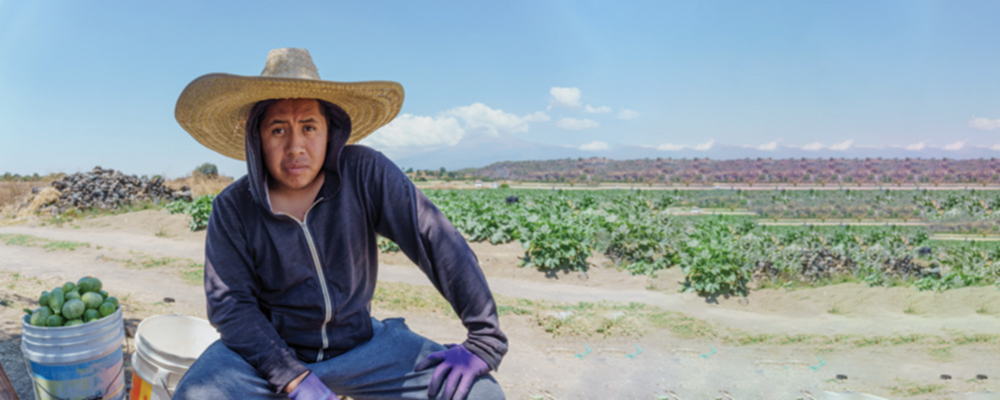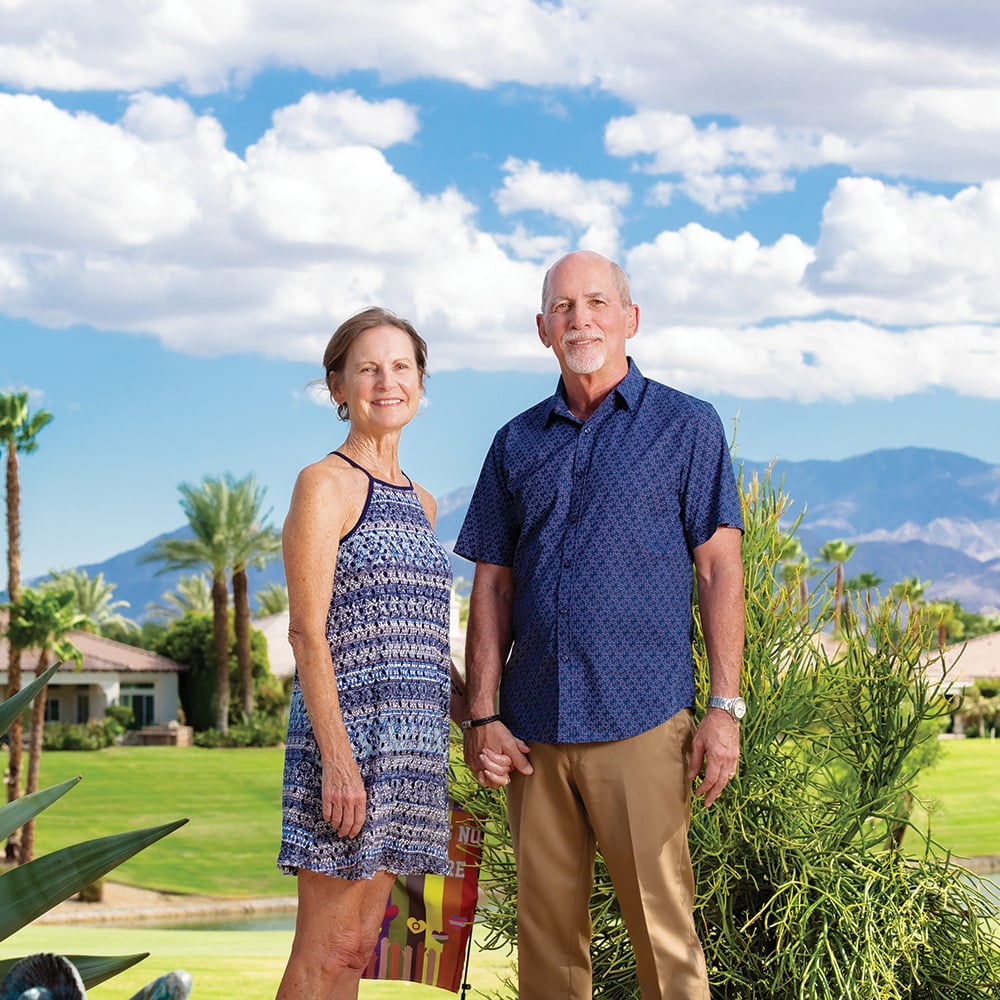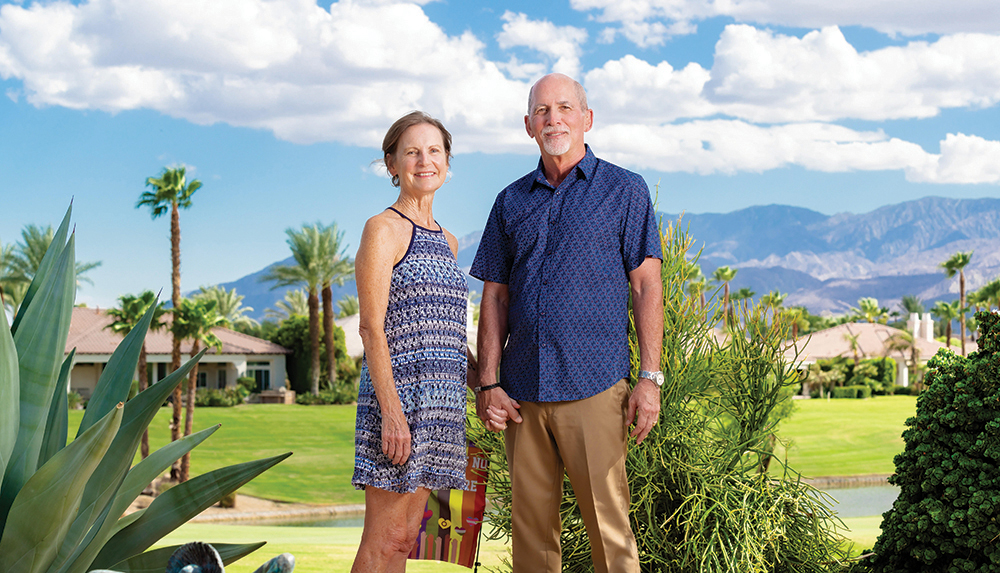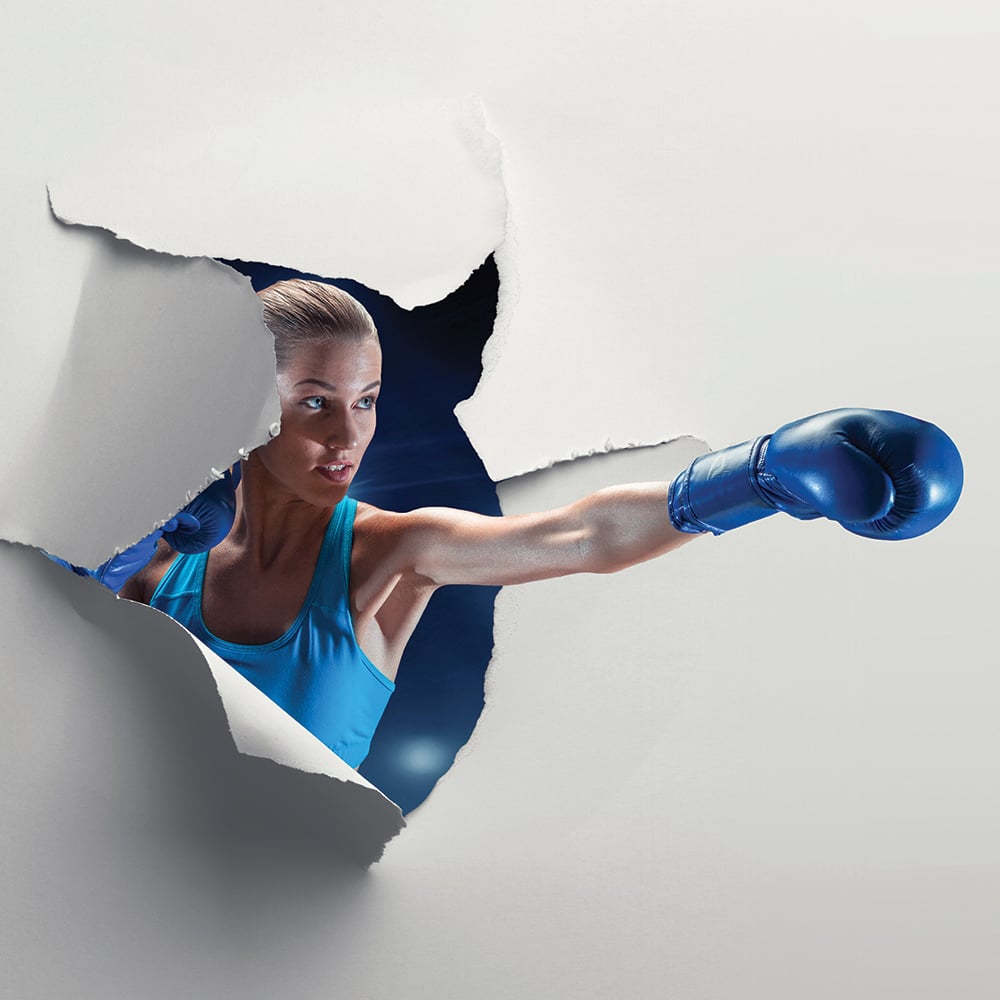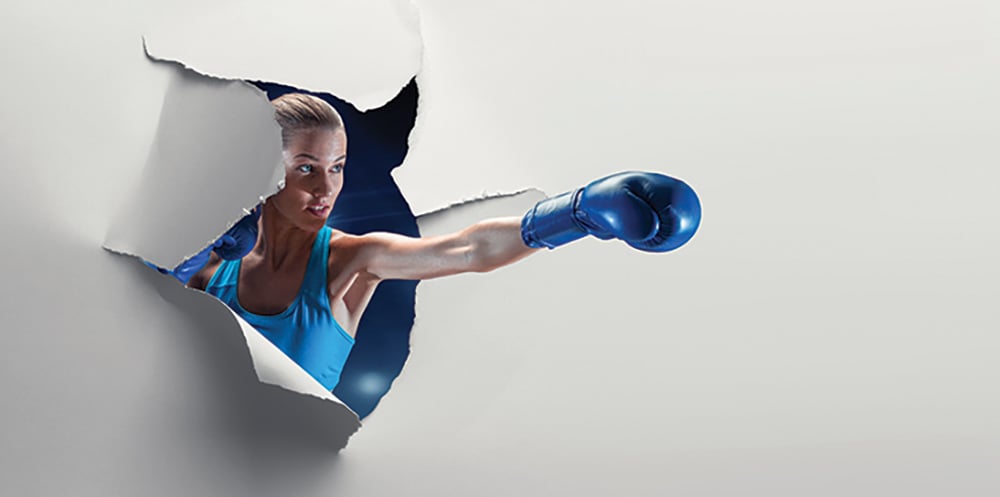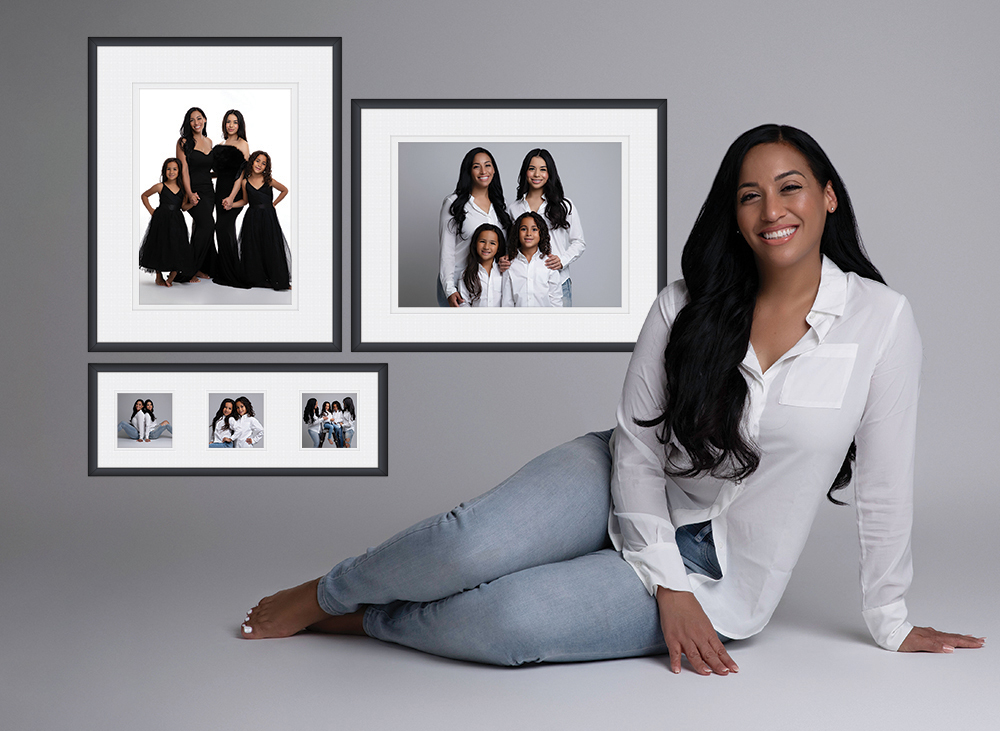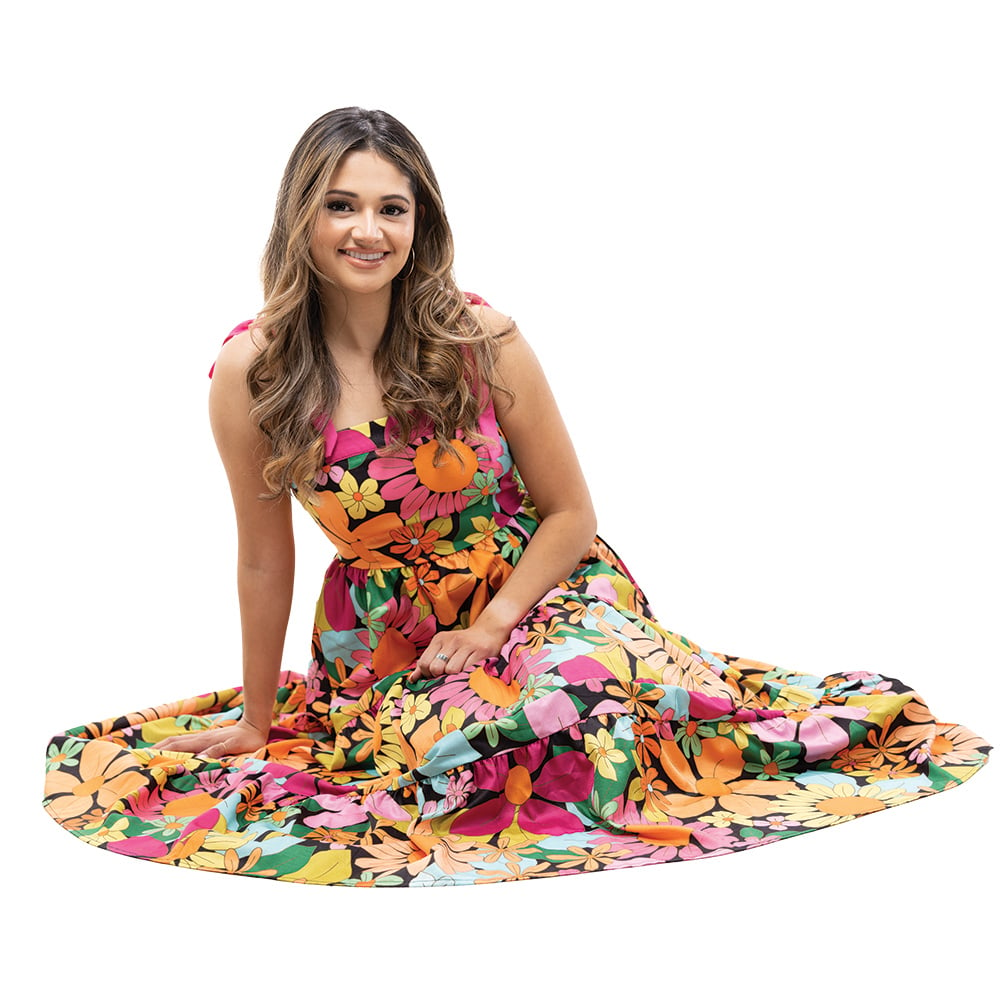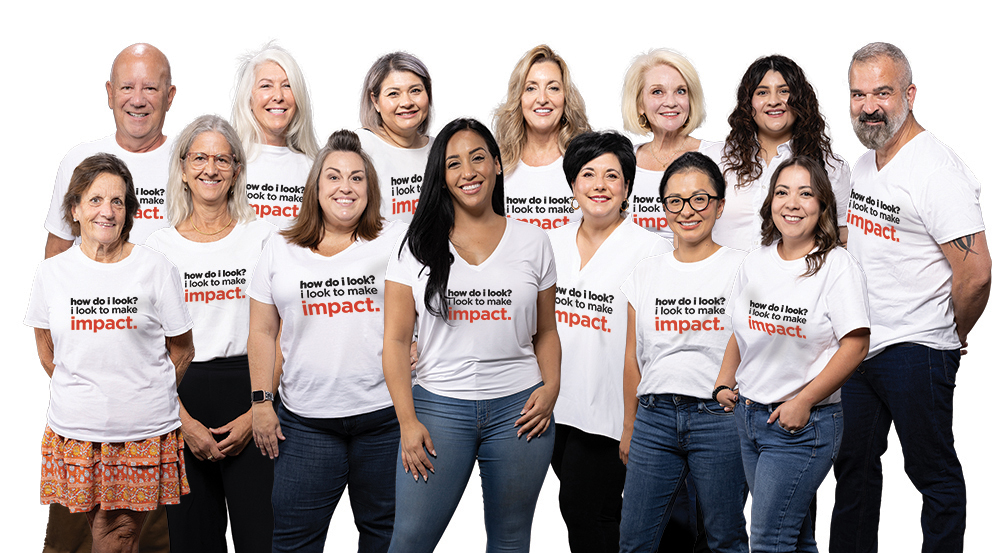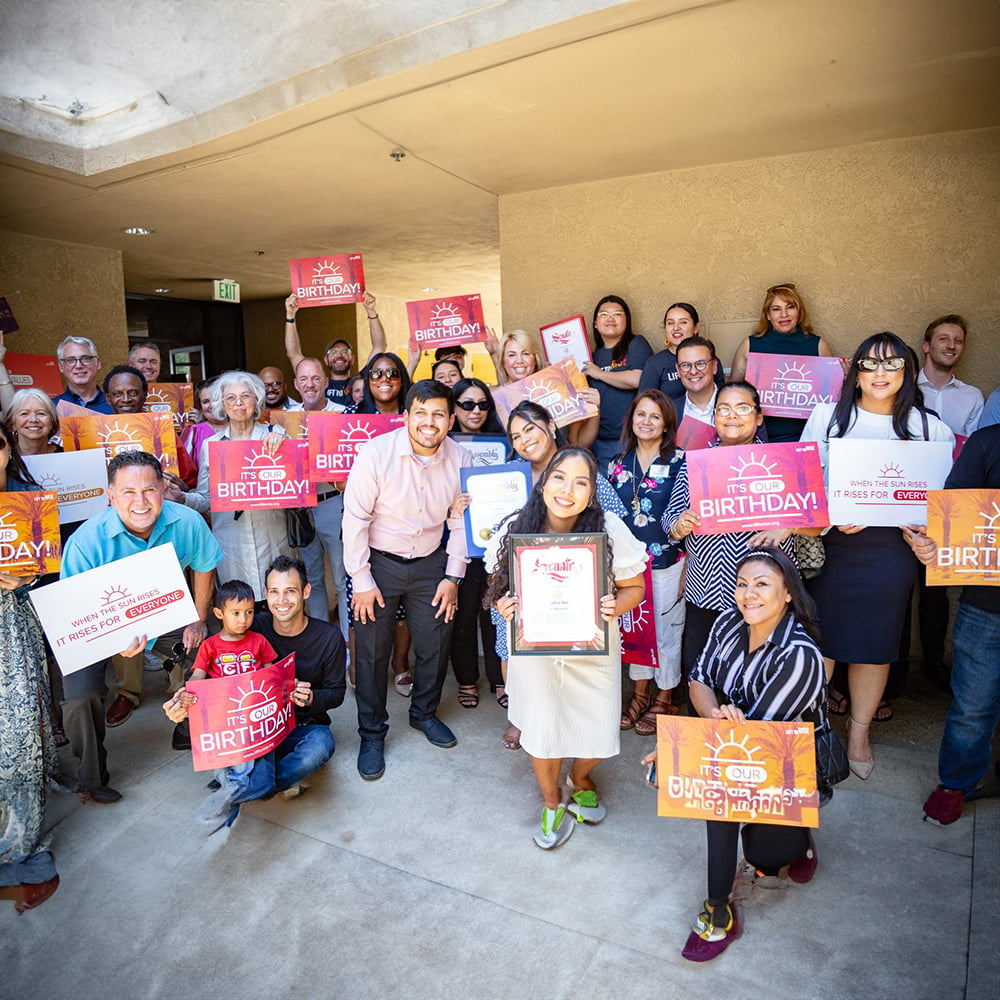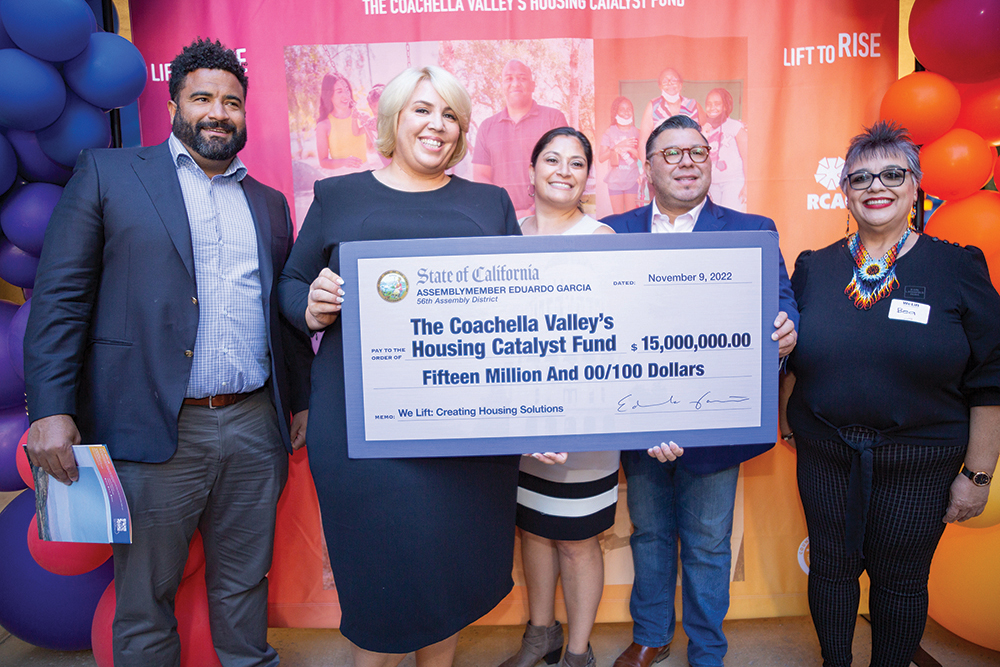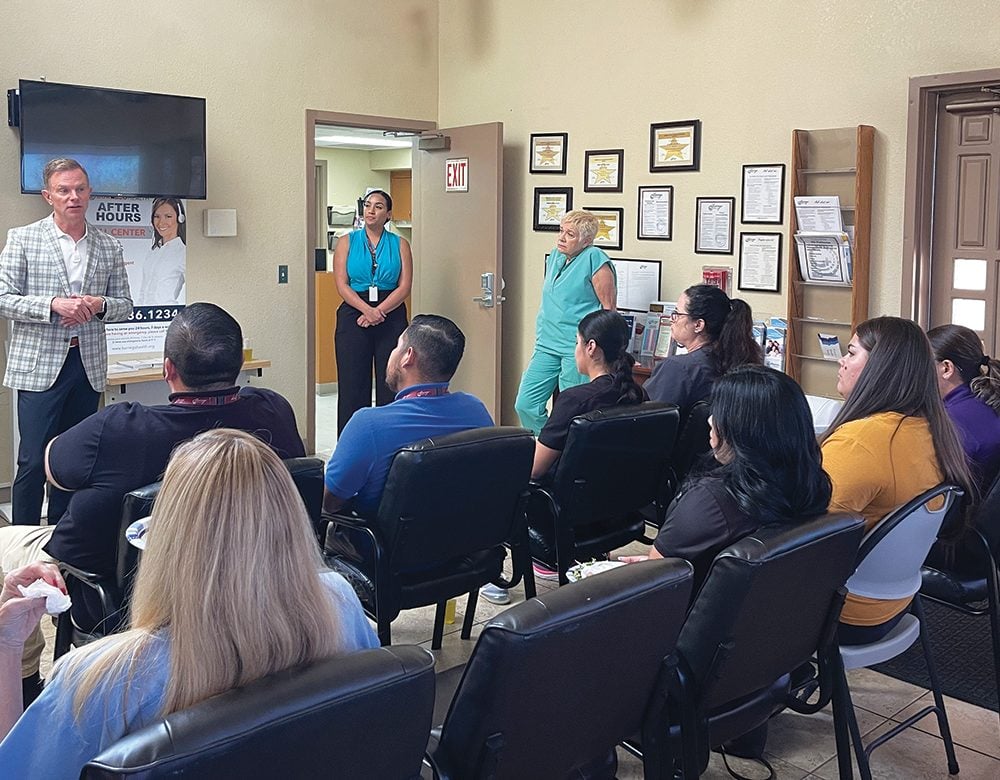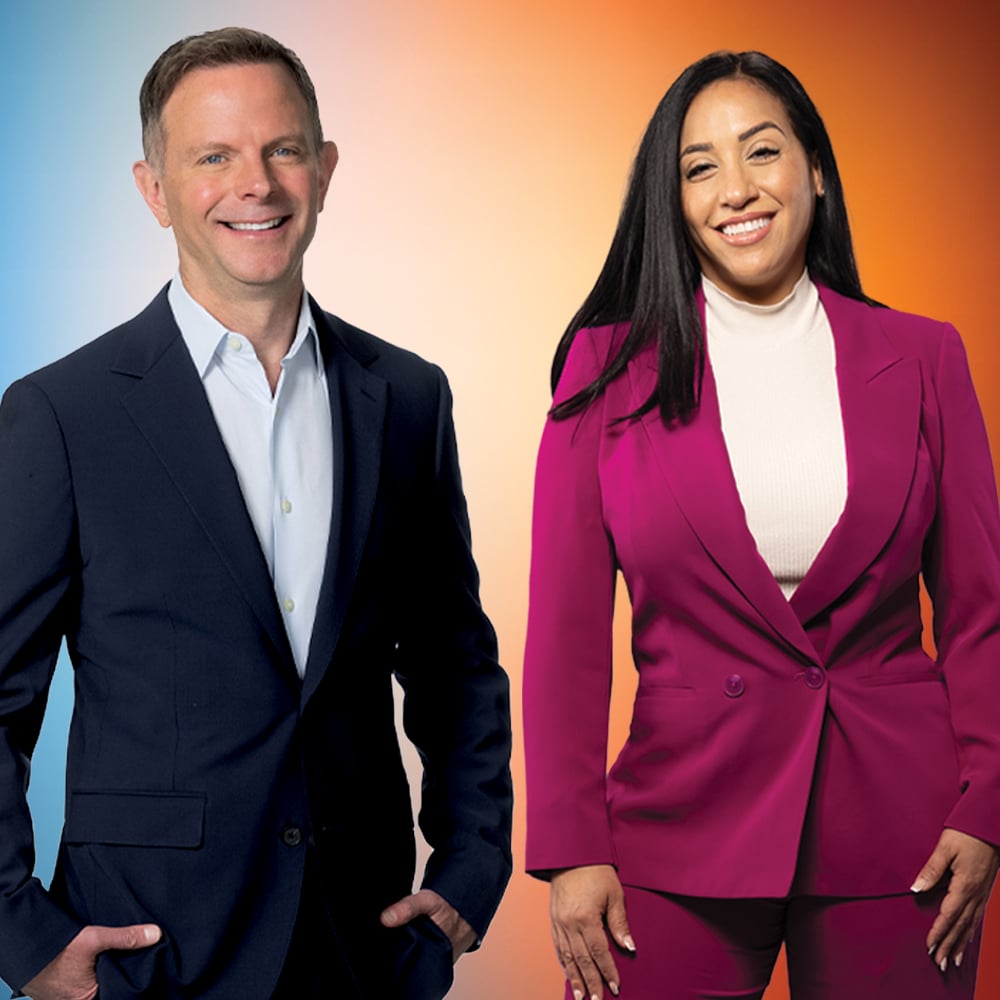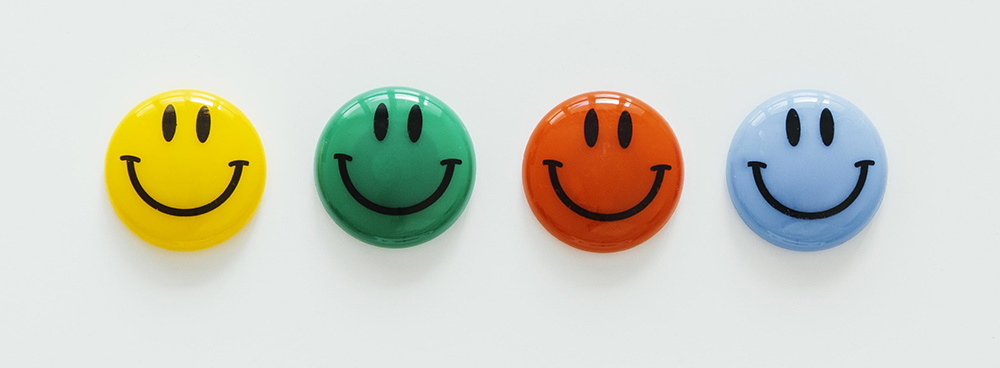
The Science of Positivity
“Never say never because limits, like fears, are often just an illusion.” — Michael Jordan
Words by Kay Kudukis
In the 1990s, a recurring skit on SNL called “Daily Affirmations with Stuart Smalley” had Al Franken portraying an insecure, support group-addicted, self-help schlub in a cardigan. He was the antithesis of the popular, flashy, mindset gurus like Tony Robbins. Stuart would frequently look at himself in the mirror and say, “I’m good enough, I’m smart enough and, doggone it, people like me.”
Although Franken was poking fun at the new fad, it wasn’t very new. Over 3,000 years ago, the Greeks were writing meditations and guidelines touting the best ways to live. The idea is actually 5,000 years old, but back then there was no alphabet, which made writing hard.
By the 1800s, poets and renowned authors were onto it, but scientists didn’t take notice until the 1970s, when they asked, “Is there anything to this?” It took a few decades, and a lot of studies, but the answer is — in wildly unscientific terms — it’s definitely a thing. Turns out, there’s true power in the science of positivity!
Yes, science. The University of Chapel Hill conducts a Positive Emotions and Psychophysiology Laboratory studying “how positive emotions affect people’s thinking patterns, social behavior, health, and physiological reactions.” Johns Hopkins and the Mayo Clinic promote positive thinking to lower blood sugar and high blood pressure, and to reduce the risk of heart attacks and strokes by lowering cortisol.
The human brain is the most complex thing in the known universe, and yours is fueled by your thoughts. Ever heard that if you repeat a lie long enough it becomes the truth? If your brain is filled with negative self-chatter, it will come to believe it. If your inner monologue is positive, the brain responds, and your stress levels decrease along with your blood pressure.
There is another tool called “reframing” that makes you more productive. It’s where “I hate doing the dishes” becomes “I can’t wait to get these dishes done and have a nice clean sink.” Such positivity releases dopamine and serotonin into your system, and if you add a smile? Well, a study at the University of Kansas concluded that smiling is such a powerful source of endorphins that your stress levels go down even when you fake a smile. So now you’ve got a buzzy cocktail of dopamine, serotonin, and endorphins in you, and the dishes are done.
If you need a little extra help, DAP Health is here for you. Its medical professionals won’t do your dishes, but they do have some unique Wellness Services, including a Zoom group based on positivity and related to achieving goals.
Michael Jordan didn’t get to be the GOAT by talent alone. In fact, he attributes his success to positive thinking. He never told himself he couldn’t. “I can accept failure,” he famously said. “Everyone fails at something. But I can’t accept not trying.”
So be like Michael. Flip that switch. It’s not going to make you a great basketball player, but you’ll absolutely, positively, win at this game we call life.
